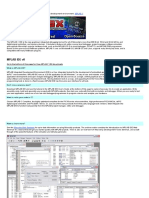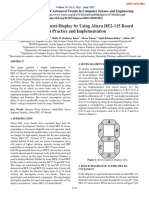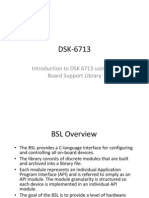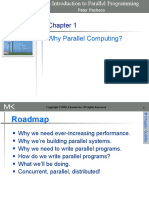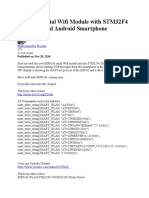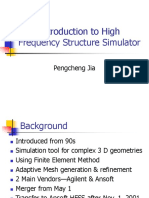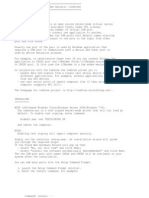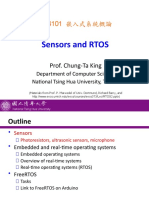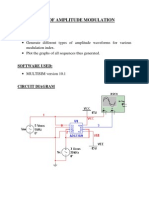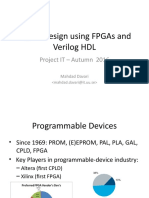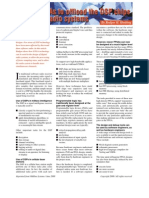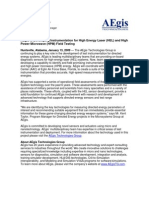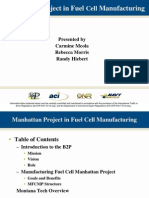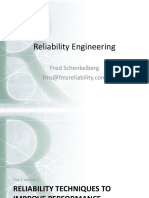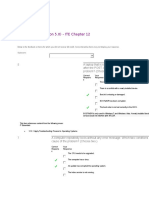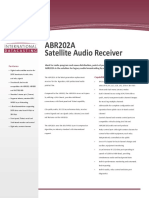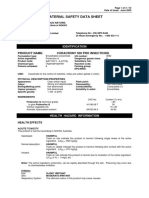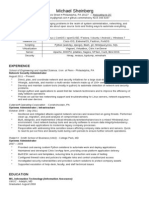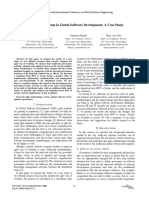0% found this document useful (0 votes)
135 views18 pagesVHDL FPGA Applications
This document discusses applications of FPGAs and VHDL in signal processing and communications. It describes how FPGAs can be programmed using VHDL to implement applications such as error control coding, CDMA communications, master/slave networks, and neural networks. Examples of applications presented include a Hamming code error correction system, a CDMA transmitter/receiver pair, token ring networks, and a Hopfield neural network for pattern classification. Benefits of using FPGAs programmed with VHDL are highlighted such as short development time, low cost, and flexibility to reprogram designs.
Uploaded by
bayman66Copyright
© Attribution Non-Commercial (BY-NC)
We take content rights seriously. If you suspect this is your content, claim it here.
Available Formats
Download as PDF, TXT or read online on Scribd
0% found this document useful (0 votes)
135 views18 pagesVHDL FPGA Applications
This document discusses applications of FPGAs and VHDL in signal processing and communications. It describes how FPGAs can be programmed using VHDL to implement applications such as error control coding, CDMA communications, master/slave networks, and neural networks. Examples of applications presented include a Hamming code error correction system, a CDMA transmitter/receiver pair, token ring networks, and a Hopfield neural network for pattern classification. Benefits of using FPGAs programmed with VHDL are highlighted such as short development time, low cost, and flexibility to reprogram designs.
Uploaded by
bayman66Copyright
© Attribution Non-Commercial (BY-NC)
We take content rights seriously. If you suspect this is your content, claim it here.
Available Formats
Download as PDF, TXT or read online on Scribd
/ 18








